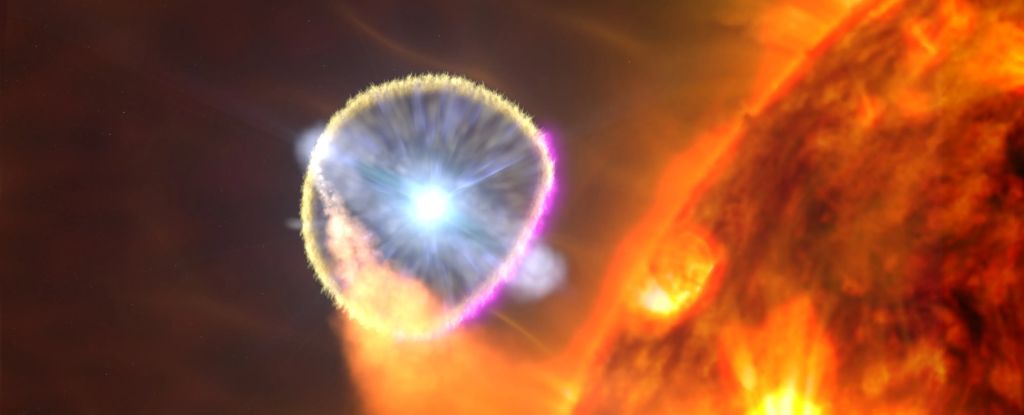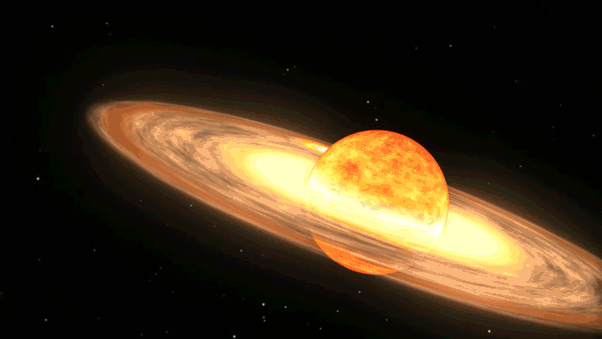
Get ready for a celestial spectacle this summer: A once-in-a-lifetime star explosion, known as T Coronae Borealis or the 'Blaze Star,' is expected to be visible to the naked eye. This event, which occurs when a white dwarf star accumulates hydrogen from a neighboring red giant and suddenly brightens, will provide an excellent opportunity for stargazers.
The Blaze Star is located in the constellation Corona Borealis and is approximately 3,000 light years away from Earth. While the exact date of the explosion remains uncertain, astronomers predict it will occur sometime between June and September 2024. The event will last for several weeks, with the peak brightness lasting only a few days.
The Blaze Star has a fascinating history: It was first observed in 1667 and has undergone at least six nova outbursts since then, with the most recent one occurring in 1946. Each outburst lasts for several weeks before the star returns to its normal brightness.
Astronomers are eagerly anticipating this event as it offers a unique opportunity to study the intricacies of nova explosions and gain insights into stellar evolution. They will be closely monitoring the Blaze Star for signs of an imminent explosion and preparing to collect valuable data on this rare phenomenon.
To catch a glimpse of the Blaze Star, stargazers should keep an eye on the constellation Corona Borealis, which is located in the northern hemisphere. The best time to observe it will be during clear nights when the moon is not present or only partially illuminated.
While waiting for this exciting event, take some time to learn more about T Coronae Borealis and other celestial phenomena. Exploring the wonders of our universe can be both educational and entertaining!




